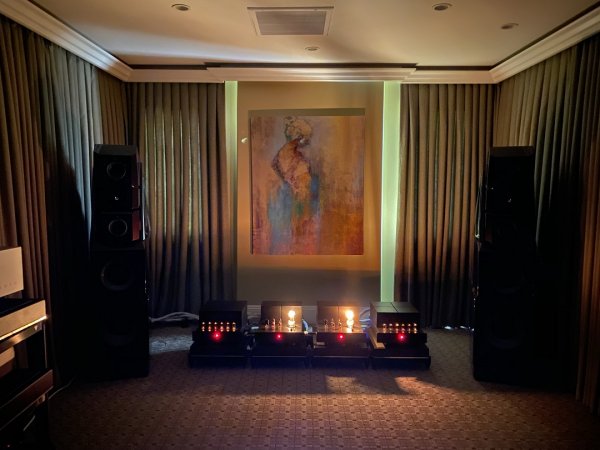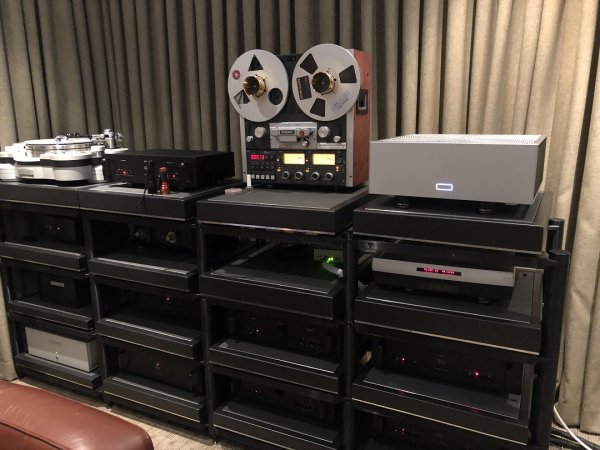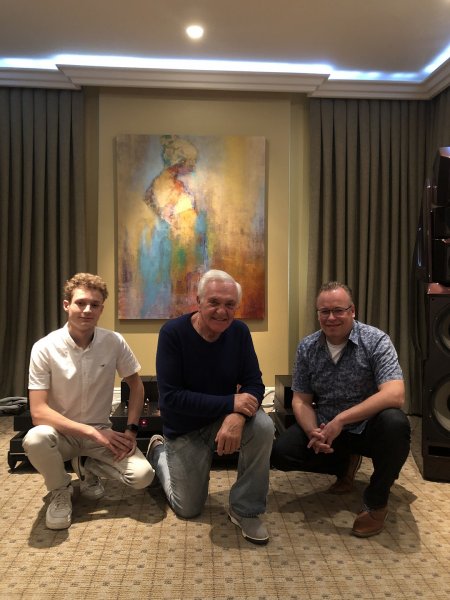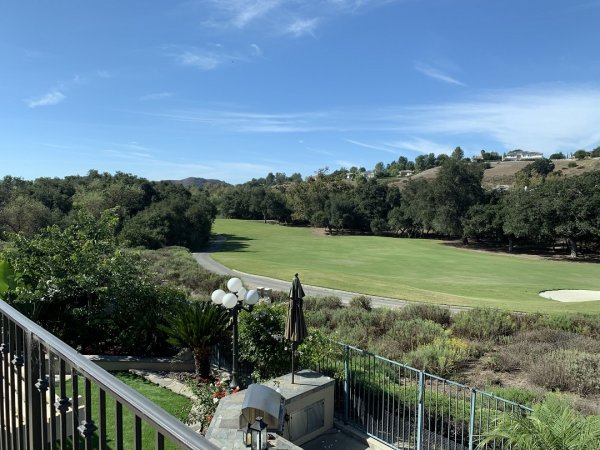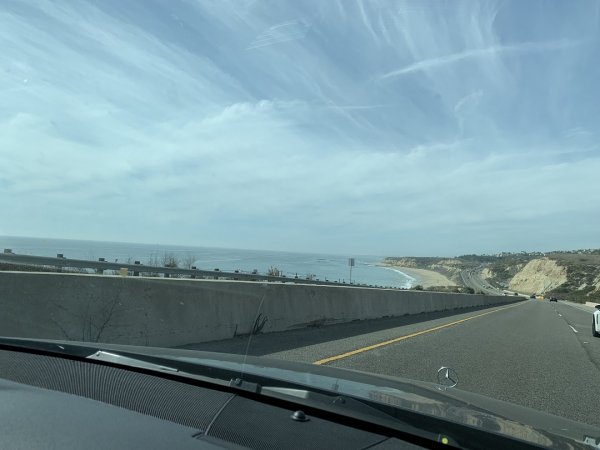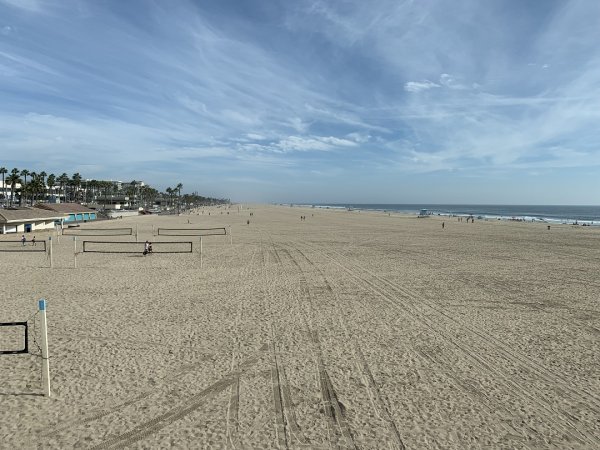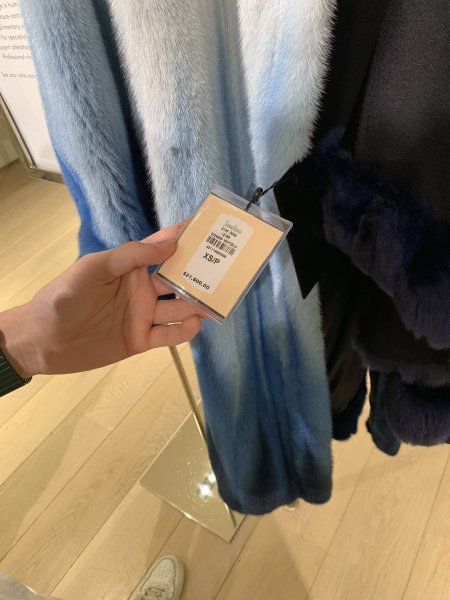USA trip report PART1:
Around 3 weeks ago, on the 15th of October, me and my colleague Ted departed from Amsterdam to fly to LA to visit some Extreme customers and WBF forum members.
First stop fearless forum leader Steve Williams. Steve was so kind to pick us op from LAX and drive us to his home in Orange County where we had dinner and drinks with his lovely wife. We then went up to checkout Steve's dedicated listening room and do some initial listening. I currently don't use tube amps myself for practical considerations, but I've been a "tube guy" for most of my audiophile life. I started out with Krell, owned all of their models around 30 years ago, moved to Mark Levinson, then moved to several VTL and Manley amplifiers in the 100-500w range, moved to SE amps and eventually horns, 300B, 845, 211, 813, and finally returned to VTL 750W amps (I'm a sucker for large scale orchestra) before moving back to SS. From the first tone there was this instant moment of recognition, magical midrange as only the best of SE amplifiers can do. Steve's system has this in spades, it sounds glorious, it breathes music. There is zero listening fatigue, only musical bliss. Steve told us he can listen to his system for entire days without tiring, I believe him. We listened to some Qobuz, Vinyl and tape, it all sounded great. I did detect a slight mechanical quality to the digital performance, Steve told us he just inserted Center Stage footers underneath the Extreme the day before and those require a very significant settling time of about a week and sound very bad initially. I did not think it sounded that bad but suggested to try a few different locations for the footers. Big mistake, the soundstage just collapsed, the sound turned gritty, it was just plain horrible. He was not kidding about that settling time! We moved the footers back to their original location which did not help and called it a night.
We stayed over at Steve's house, had breakfast the next morning and returned to his listening room for some more listening. Wow those footers had transformed overnight and it sounded even better then when we arrived. After we left Steve kept us up to date on the progression over the next few days and as I understand it's on a whole different level now. Lesson learned, the Center Stage footers make a huge difference but be prepared to be suffer initially. This is the most shocking settling behaviour I have thus far experienced, amazing.
Steve told us rather then spend the day listening he would like to show us around the area prior to dropping us of at the John Wayne airport for our flight to Seattle at the end of the day to which we did not object having not been here before. We had a wonderful day, visited a few beach towns and a port, had lunch right at the beach, visited a pier with endless beach views, was cool watching surfers catching waves from above, stopped by an insanely large luxury shopping mall and saw some very impressive buildings and sights.
Steve reported on our visit in this thread here already :
https://www.whatsbestforum.com/thre...stening-room-of-steve-williams.10535/page-109
There are several photos in there but I will post a few here as well.
View attachment 58513
View attachment 58514
View attachment 58515
View attachment 58516
View attachment 58517
View attachment 58518



